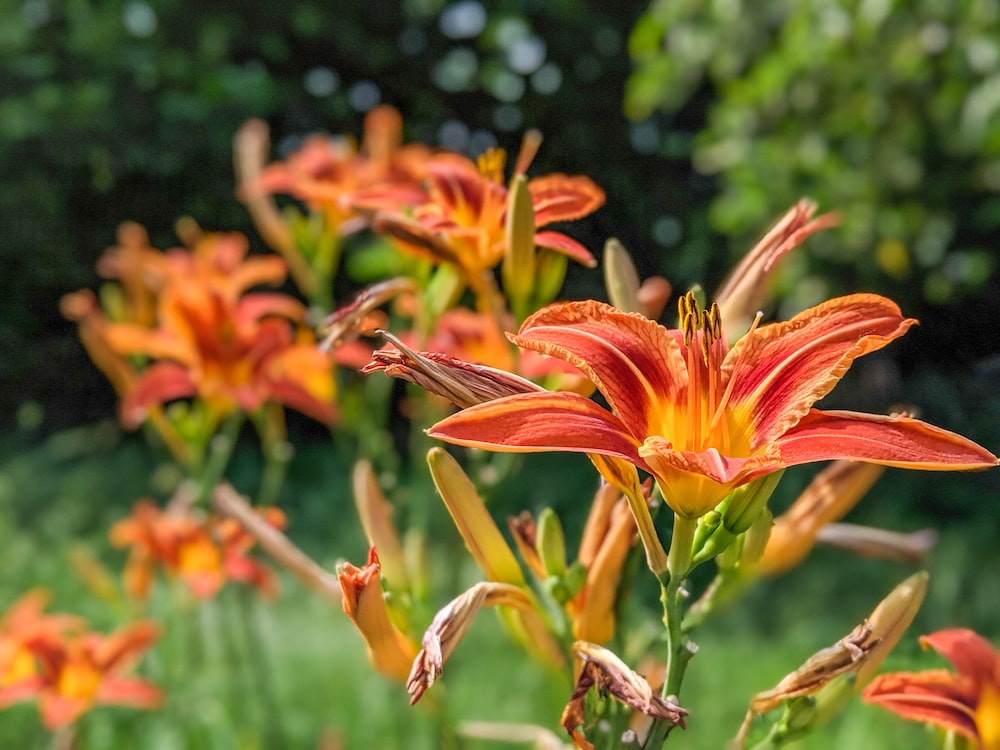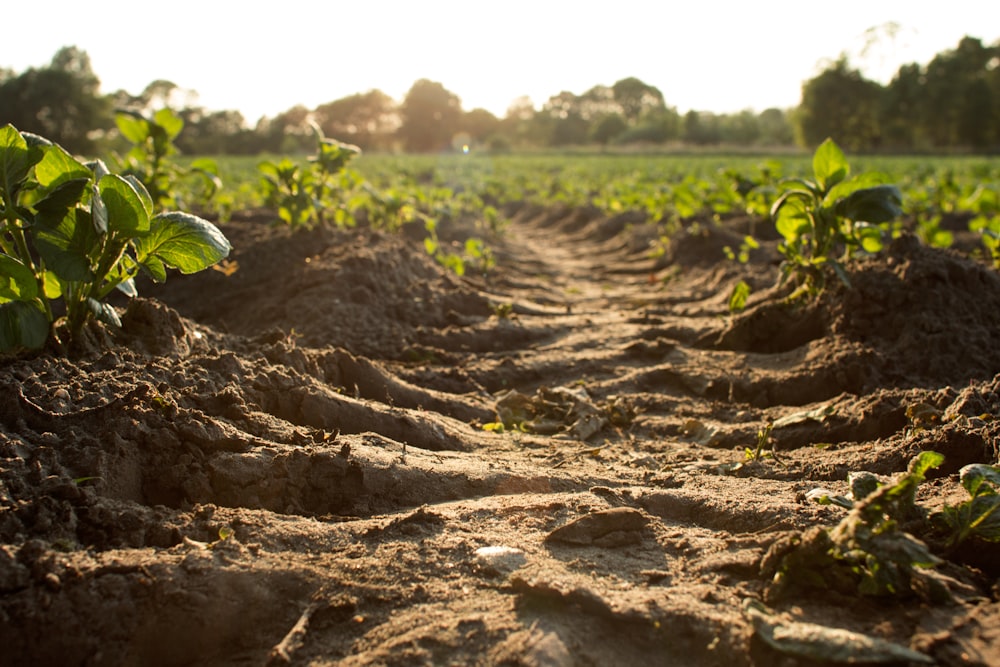Give Your Lawn The Best Fertilizing Care
A vibrant, well-maintained lawn is the pride of any homeowner. To achieve that enviable lush green carpet, proper fertilization is essential. In this article, we’ll delve into the key factors of lawn fertilization – the optimal timing, the significance of planning, and the benefits of opting for natural fertilizers. Whether you’re a seasoned gardener or just starting, these insights will help you achieve the lawn of your dreams.
When are the Best Times to Fertilize Your Lawn?
Fertilizing your lawn at the right time can make a world of difference. Generally, the best times to fertilize are during the early spring and fall. As the soil temperature rises during spring, your grass starts to wake up from its winter dormancy. Applying fertilizer at this time provides the much-needed nutrients for growth. Similarly, during the fall, the grass is in a phase of recovery from the summer stress. Fertilizing now helps in root development, preparing your lawn for the harsh winter ahead.
Why Should You Plan Your Fertilization Times?
Planning your fertilization schedule isn’t just a luxury; it’s a necessity. Grass, like any other plant, has specific nutrient requirements at different stages of its growth cycle. By aligning your fertilization with these stages, you can ensure your lawn gets the nutrients it needs when it needs them. This proactive approach prevents under or over-fertilization, leading to a healthier and more resilient lawn.
The Importance of Choosing Natural Fertilizers
Natural fertilizers, also known as organic fertilizers, offer many benefits beyond synthetic alternatives. Unlike chemical fertilizers, natural options release nutrients slowly, providing a steady supply to your plants. They improve soil structure, allowing better water retention and reducing the risk of erosion. Moreover, natural fertilizers encourage beneficial microorganisms in the soil, contributing to a well-balanced ecosystem.
Expert Tips for Fertilization Success
Soil Testing
Conduct a soil test to understand your soil’s nutrient composition. This helps in tailoring your fertilization approach according to your lawn’s specific needs.
Avoid Over-Fertilization
Applying more fertilizer than necessary can harm your lawn by burning the grass and polluting water bodies due to nutrient runoff.
Follow Application Instructions
Whether you’re using granular or liquid fertilizers, carefully follow the manufacturer’s instructions for application rates and techniques.
Consider Climate
Your geographical location and climate influence the best times for fertilization. Warmer climates might have longer growing seasons, impacting the fertilization schedule.
Mow Before Fertilizing
Mow your lawn a day or two before fertilizing to ensure the nutrients reach the soil directly rather than getting trapped in tall grass.
Water After Application
Water your lawn after fertilization to help the nutrients penetrate the soil and reach the roots effectively.
Need Some Natural Fertilizer Options
When it comes to nurturing your garden, natural fertilizers are a fantastic option. They provide essential nutrients to your plants and contribute to a healthier soil ecosystem. Here are the top 10 natural fertilizers you can easily make at home, along with simple instructions for each:
Compost
Ingredients: Kitchen scraps, yard waste, leaves, and soil.
Instructions: Collect kitchen scraps like fruit and vegetable peels, coffee grounds, and eggshells. Mix them with yard waste, leaves, and a bit of soil. Allow the mixture to decompose in a compost bin or pile. Turn the pile occasionally to aerate it. In a few months, you’ll have nutrient-rich compost ready for use.
Coffee Grounds
Ingredients: Used coffee grounds.
Instructions: After brewing your morning coffee, save the used coffee grounds. Sprinkle them directly onto the soil or mix them into your compost. Coffee grounds are rich in nitrogen, which is beneficial for plant growth.
Epsom Salt Solution
Ingredients: Epsom salt and water.
Instructions: Dissolve two tablespoons of Epsom salt in a gallon of water. Use this solution to water your plants. Epsom salt provides magnesium, promoting healthy leaf development and plant growth.
Banana Peel Fertilizer
Ingredients: Banana peels and water.
Instructions: Place banana peels in a container and cover them with water. Let the peels soak for a few days. Then, use the water to irrigate your plants. Banana peels are a good source of potassium and other nutrients.
Eggshell Fertilizer
Ingredients: Crushed eggshells.
Instructions: Collect eggshells, rinse them, and let them dry. Crush the dried eggshells into small pieces. Sprinkle the crushed shells around your plants’ base. Eggshells provide calcium essential for strong cell walls and root development.
Fish Emulsion
Ingredients: Fish scraps or parts, water.
Instructions: Fill a container with fish scraps and cover them with water. Let the mixture ferment for a few weeks. Strain out the liquid, which will be rich in nutrients. Dilute the fish emulsion with water and use it to water your plants.
Seaweed Fertilizer
Ingredients: Fresh or dried seaweed.
Instructions: Rinse the seaweed to remove excess salt. Chop it into small pieces and either bury it directly in the soil or make a seaweed tea by soaking it in water for a few days. Seaweed is packed with trace minerals that benefit plant health.
Grass Clippings
Ingredients: Fresh grass clippings.
Instructions: After mowing your lawn, collect the grass clippings. Allow them to dry slightly to prevent mold. Spread a thin layer of grass clippings around your plants to provide nitrogen-rich mulch.
Wood Ash
Ingredients: Wood ash from untreated wood.
Instructions: Collect wood ash from your fireplace or fire pit. Sprinkle a small amount of wood ash around your plants. It provides potassium and raises soil pH. However, use it sparingly, as excessive use can make the soil too alkaline.
Manure Tea
Ingredients: Aged animal manure and water.
Instructions: Place aged manure in a container and cover it with water. Let it steep for a few days, stirring occasionally. Dilute the mixture with water and use it to water your plants. Manure tea is rich in nutrients and beneficial microorganisms.
Using these homemade natural fertilizers can significantly enhance the health and productivity of your garden. Remember to apply them in moderation and adjust their usage based on your plant’s needs and the specific requirements of your soil.
Additional Tips for Using Homemade Natural Fertilizers
When it comes to choosing your natural fertilizer, pay attention to these tips.
Balanced Application
While these natural fertilizers are fantastic for your plants, it’s crucial not to overdo it. Too much of a good thing can be harmful. Follow recommended application rates and monitor your plants’ response to avoid nutrient imbalances.
Variety Matters
Different plants have varying nutrient requirements. Some might thrive with a boost of nitrogen, while others benefit from extra phosphorus. Tailor your fertilizer choice to the specific needs of each type of plant in your garden.
Timing
Apply your homemade fertilizers at appropriate times in the plant’s growth cycle. For instance, use nitrogen-rich options during periods of active growth and phosphorus-rich choices during flowering and fruiting stages.
Composting Know-How
If you’re new to composting, remember to balance “green” (nitrogen-rich) and “brown” (carbon-rich) materials for optimal decomposition. Turn your compost pile regularly to aerate it and speed up the breakdown process.
Watch for Unwanted Guests
While natural fertilizers enrich the soil, they can also attract pests or rodents. Monitor your garden for any signs of unwanted visitors and take appropriate measures to keep them at bay.
Consistency
Just like with store-bought fertilizers, consistency is key. Regularly applying the right amount of homemade fertilizers can lead to healthier plants and a more robust garden overall.
Soil Health
Remember that healthy soil is the foundation of a thriving garden. Alongside using natural fertilizers, focus on improving soil structure and organic matter content for optimal results.
Test and Adjust
Periodically test your soil to gauge nutrient levels. Adjust your fertilization routine based on the test results to ensure your plants receive the nutrients they need.
Patience Pays Off
Unlike synthetic fertilizers, natural options release nutrients slowly over time. Be patient; you might not see immediate results, but the long-term benefits are worth it.
Keep Learning
Gardening is a continuous learning process. Explore new recipes for homemade fertilizers, experiment with different approaches, and stay open to adapting your methods based on your garden’s specific conditions.
By embracing these tips and utilizing the power of homemade natural fertilizers, you’re nourishing your plants and contributing to a more sustainable and eco-friendly gardening approach. Your garden will reward you with vibrant growth and bountiful harvests, all while promoting the health of the environment. So, roll up your sleeves, gather your kitchen scraps, and embark on a journey towards a greener, lusher garden – all thanks to the wonders of natural fertilizers!




